Here are the eight components that are essential to know about Nine-Star Ki.
Taiji

The ultimate beginning of this universe and things, “chaos,” “big bang,” etc. According to the theory of Yin-Yang and the Five Elements, Yin and Yang were born from the taiji, and all things in the universe came into being. In Feng Shui, it represents the center of the house, and in Nine-Star Ki, it represents the North Star, Polaris.
Yin and Yang
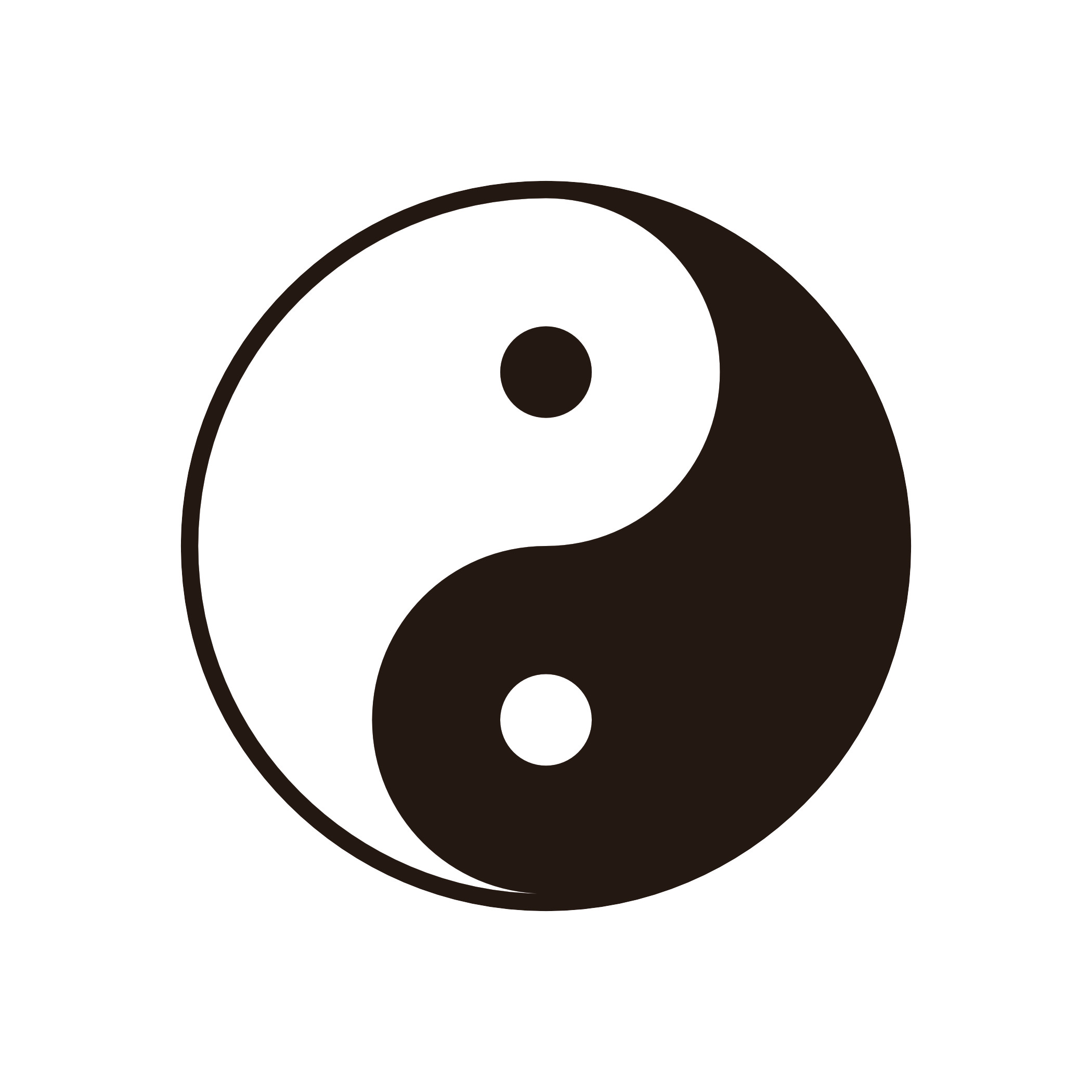
The two aspects of Ki are represented: yin is still, heavy, soft, cold, and dark, and yang is dynamic, light, rigid, hot, and bright. Through the union of the two, all things in the universe are born and the four seasons are formed by their evolution. The two are opposing but not antagonistic, and they are united by what is called the Taiji or the way, which mutually attracts and complements each other. When one moves forward, the other moves backward, and when the movement of one reaches the pole, it gives up its position to the other, thus repeating the cycle and alternation indefinitely.
Five elements
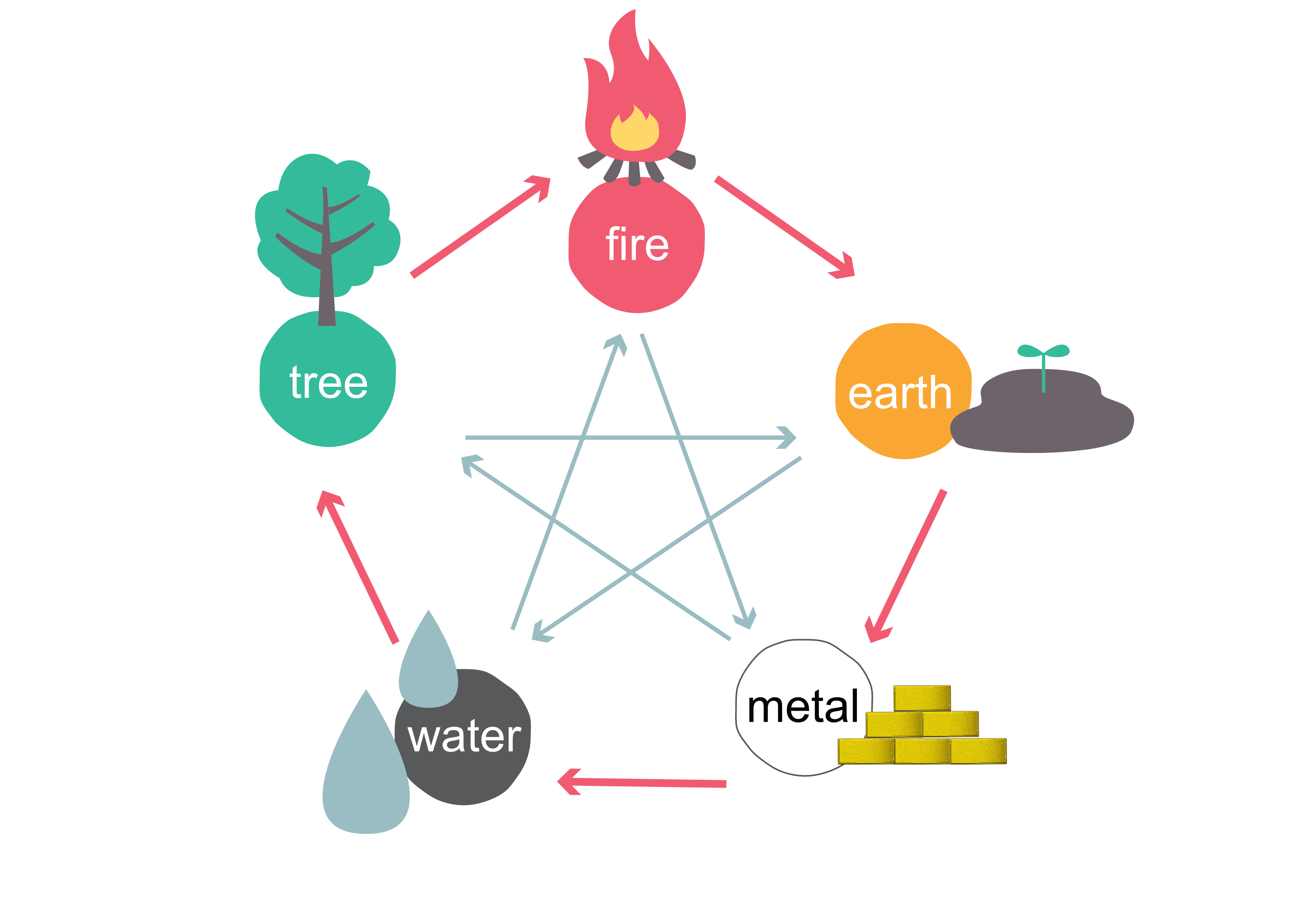
The idea that all things in nature are classified into the five elements of tree, fire, earth, metal, and water. All things are considered to fit into these five elements and mutually influence each other. There are two theories: the theory that the elements of tree, fire, earth, metal, and water produce the next element in turn, and the theory that the elements of tree, earth, water, fire, and metal each overcome the next element.
Ten Heavenly Stems
A numeral that originated in ancient China and is used to represent time and space. The five elements of tree, fire, earth, metal, and water are divided into ten elements, one for each of yin and yang.
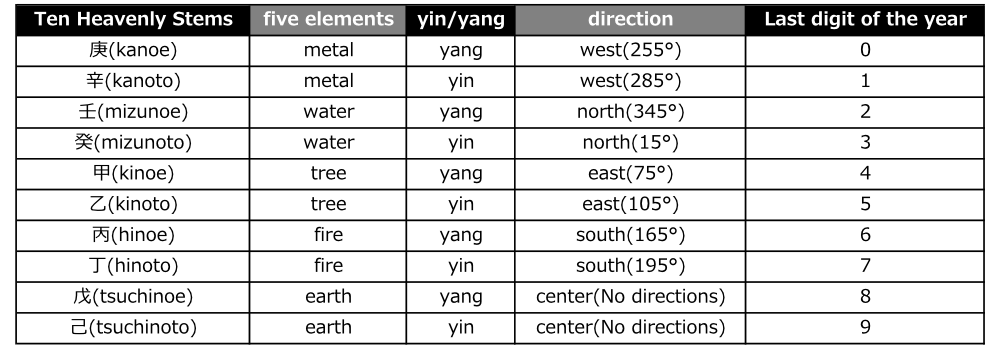
Twelve Zodiac Signs
A numeral that originated in ancient China and is used to represent time and space. It is used to indicate the yearly cycle of 12 years, and in combination with the ten Heavenly Stems, it is used to indicate the year cycle of 60 years or the day cycle of 60 days, as well as the time and direction of the year.

Bagua
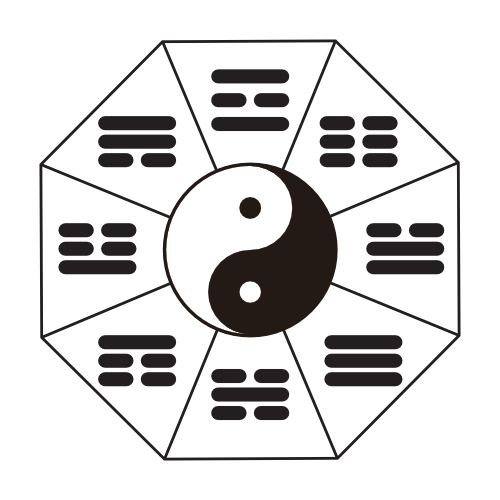
The eight trigrams that form the basis of the 64 trigrams that make up the I Ching.
The eight symbols are represented by three combinations of yang yao and yin yao symbols. It is said that everything that exists in nature can be represented by these “bagua. The bagua can also be stacked in two, one above the other, to form the “64 trigrams.
Nine Stars
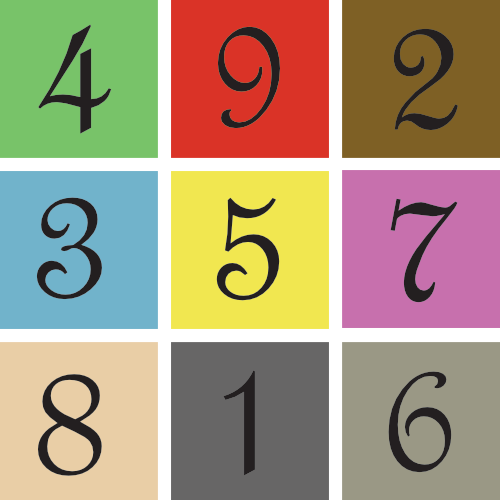
The nine stars do not refer to the “stars” in the night sky used in Western astrology, but rather to the energy that divides all things in the universe into nine patterns. The nine stars are used to predict good fortune and fortune directions in Nine-Star Ki. Each star represents a person, a thing, or an action. The nine stars originated from this magic circle. The sum of the three numbers in any vertical, horizontal, or diagonal column is 15. 3 x 3 magic circles, which use the numbers 1 through 9 once each, are only available in this form, except for rotation and symmetry. It is a mandala showing the energy configuration on the Mother earth after the birth of humanity.
Twenty-four Solar Terms
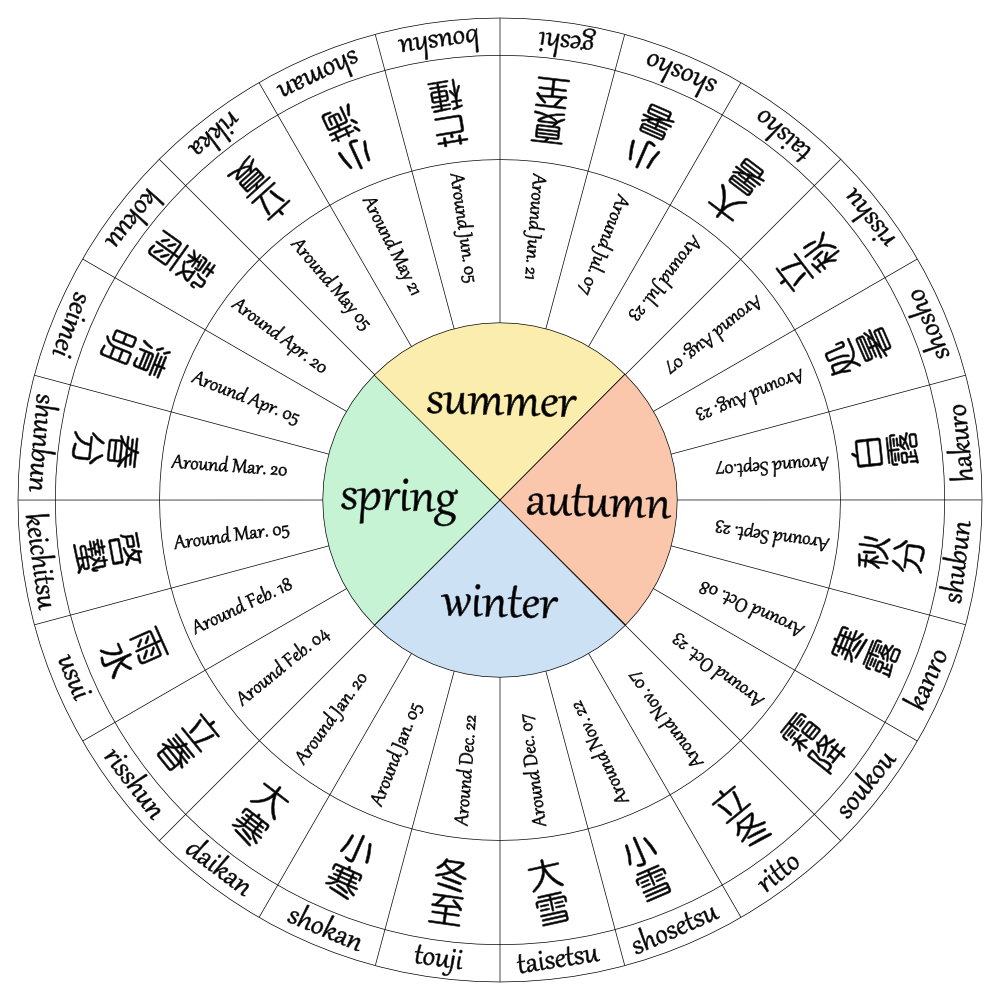
The year is divided into four seasons (spring, summer, autumn, and winter), and each season is further divided into six parts with names representing the seasons. The year begins not on January 1, but on Risshun(First Day of Spring) . This means that a new year begins in early February and the energy of the year switches over.
